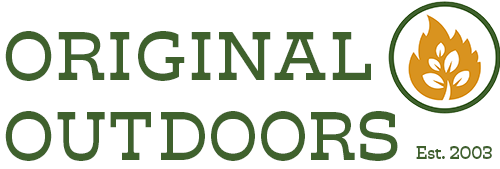Popular Science asked us about Fire Starters
Whether building a fire outdoors or starting one in your wood oven or fireplace, a fire starter makes it easy to get a small flame…
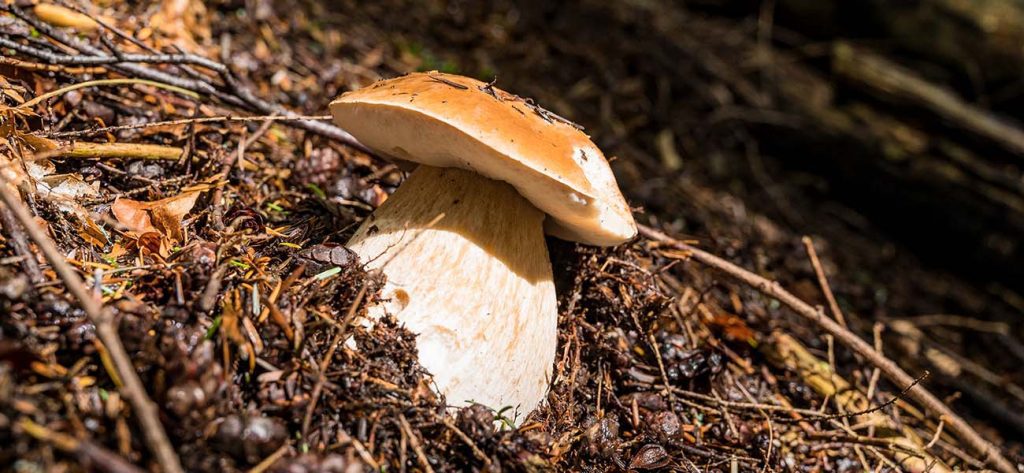
28th September 2023
North Wales is a fantastic place to look for fungi, with a wide range of habitats and ideal climate. If you’ve been out to a local woodland, parkland or ungrazed grassland recently you have probably noticed some colourful mushrooms and other fungi scattered around. Although some species produce their visible fruiting bodies year round in the UK, Autumn is the prime time of year to go looking for fungi, especially after a drop in temperature and an increase in rainfall following a dry spell. I love going out into woodlands and meadows looking for both new and familiar species, adopting the slightly stooped posture of a forager as I spend too much time looking at the ground.
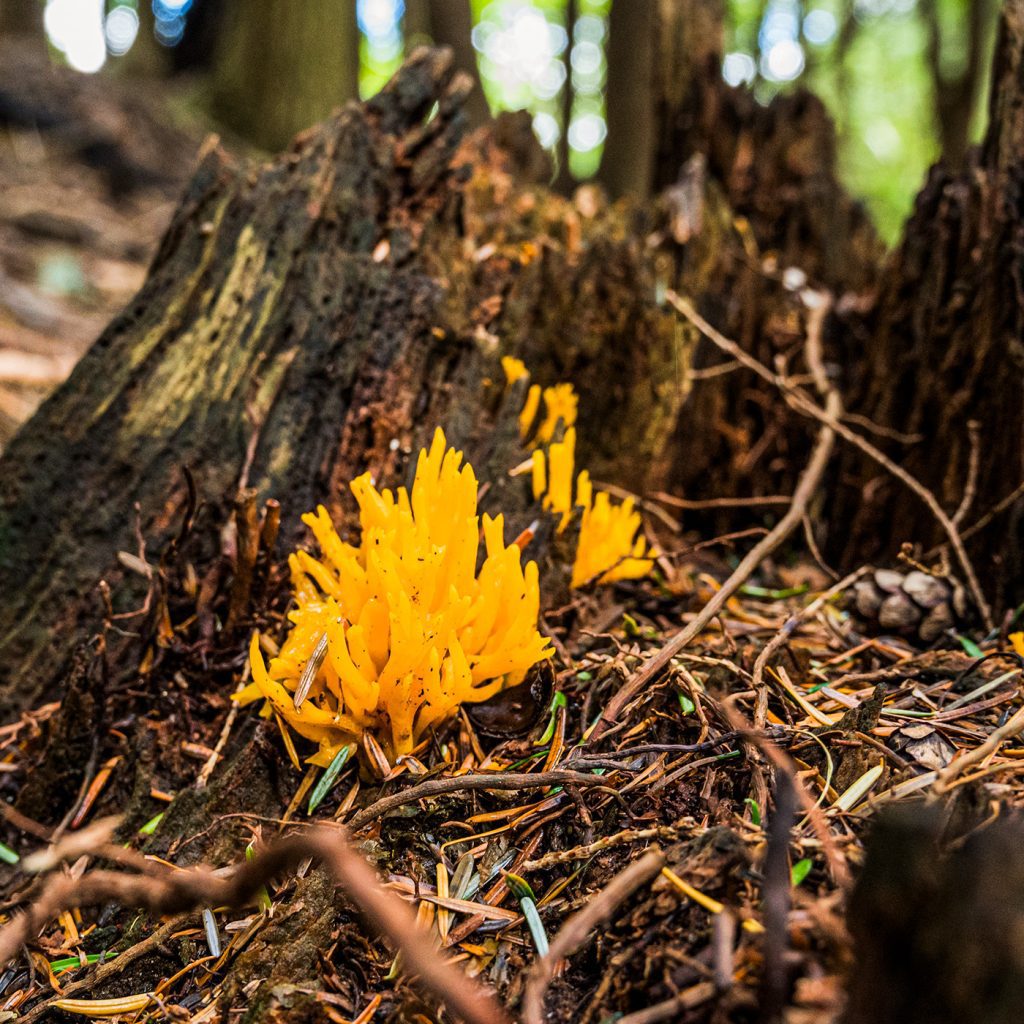
One of the first species to catch the eye in September in the coniferous plantations of North Wales is Yellow Stagshorn (Calocera viscosa) A widespread and common species in the UK, this small coral-like fungi grows on dead conifers and although it isn’t known to be toxic, it also isn’t classed as an edible fungi. Think of it as falling into the same category as paper or grass – not toxic but also not something that you would eat. It is still useful, in so much as it signifies that the conditions are right for mushrooms to be putting energy into fruiting bodies and spore dispersal.
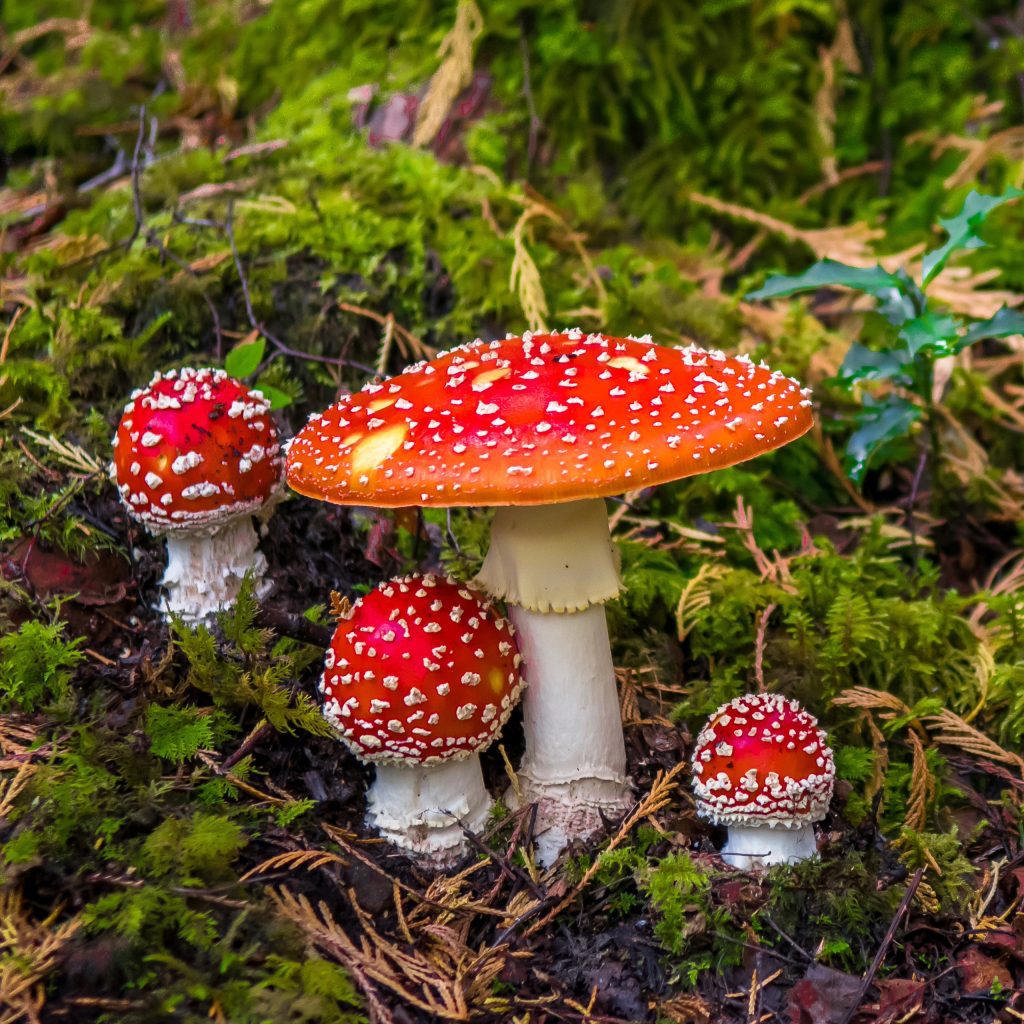
Another eye-catching autumnal species is Fly Agaric (Amanita muscaria), that species which looks like the typical fairytale toadstool with a bright red cap which has white spots on the surface. Found primarily with Birch trees but also appearing in acid woodlands underneath other tree species, Fly Agaric is a great example of an unmistakeable species. Understanding how to identify this species, even after the white spots have washed off in heavy rain (yes this happens) is a great entry into identification of fungi as it demonstrates the anatomy of a majority of stem and cap fungi really clearly. Handle with caution, as consumption can lead to hallucinations and vomiting.
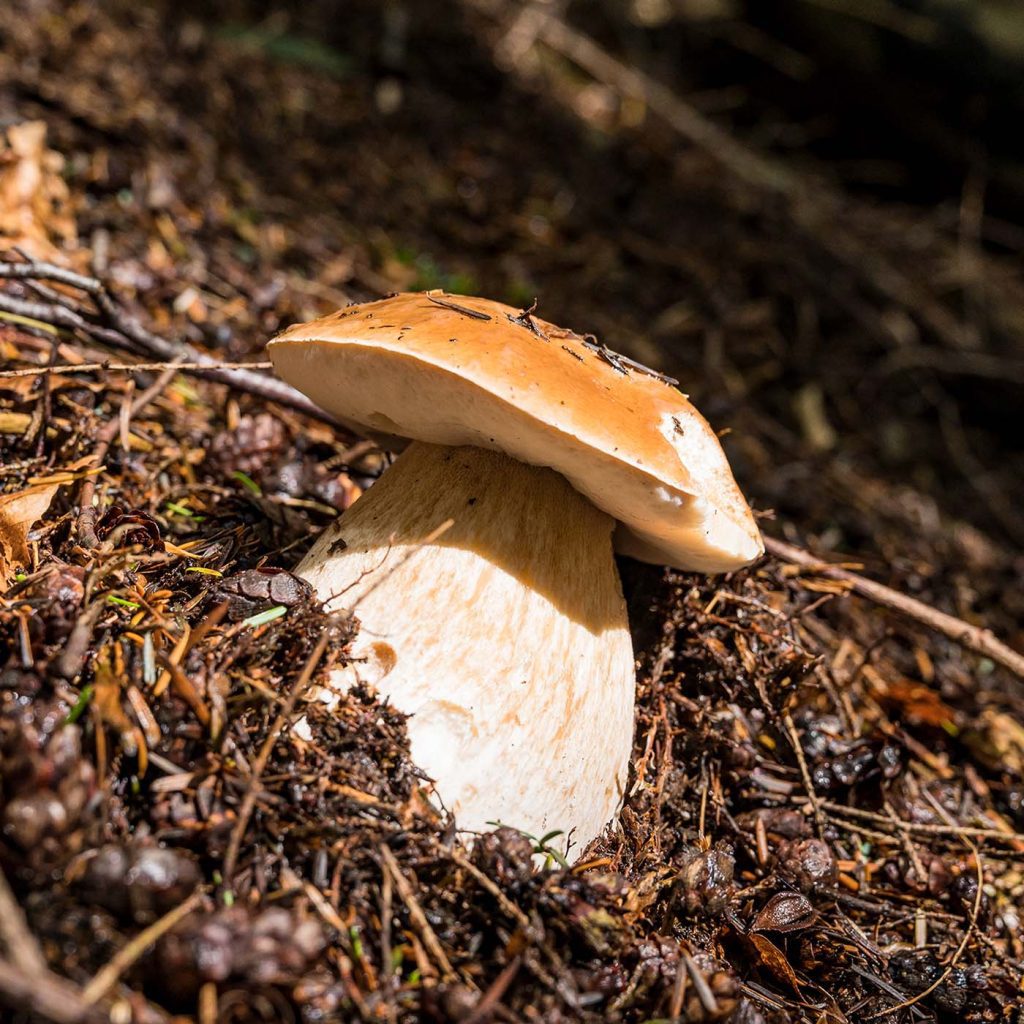
Edging into some prime edible species, one of the most iconic edible mushrooms which can be found in abundance in some woodlands of North Wales is the Penny Bun (Boletus edulis) also known as Porcini, Cep, King bolete. Not quite your classic field mushroom in structure or shape, this fungi has pores rather than gills, a bulbous stem and can grow huge in just a matter of days. Again, there aren’t many lookalikes and this, along with it’s texture, flavour and size, is one of the reasons it is so popular.
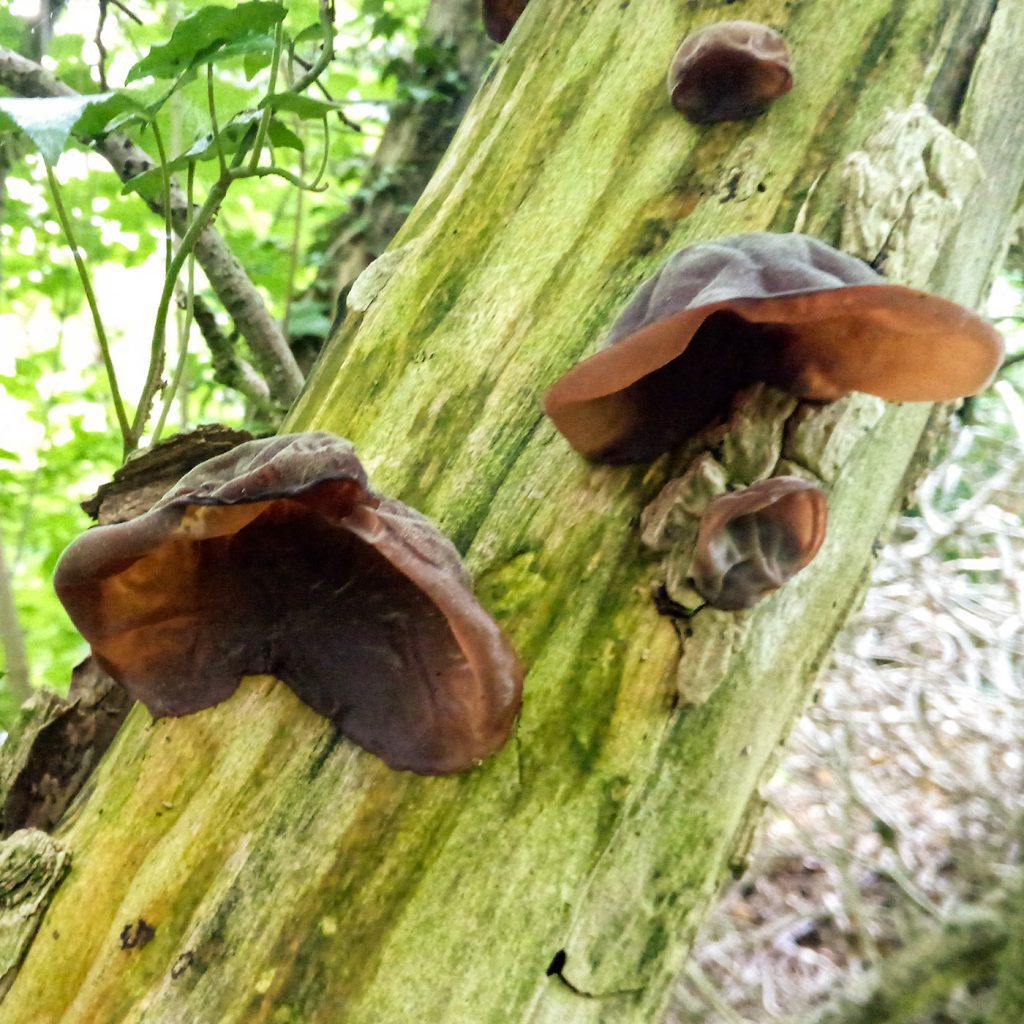
One of my personal favourites is Wood Ear (Auricularia auricula-judae), although it may not look the most appealing, this oddly shaped fungi packs a lot of flavour when used for stocks and soups, and is very versatile. Our favourite way to use them is to create edible gifts by rehydrating them with rum and then coating in chocolate. This species isn’t as seasonal as some others and can be found almost year round, growing primarily on dead or dying Elder and putting out a fresh flush of fruiting bodies after periods of heavy rain.
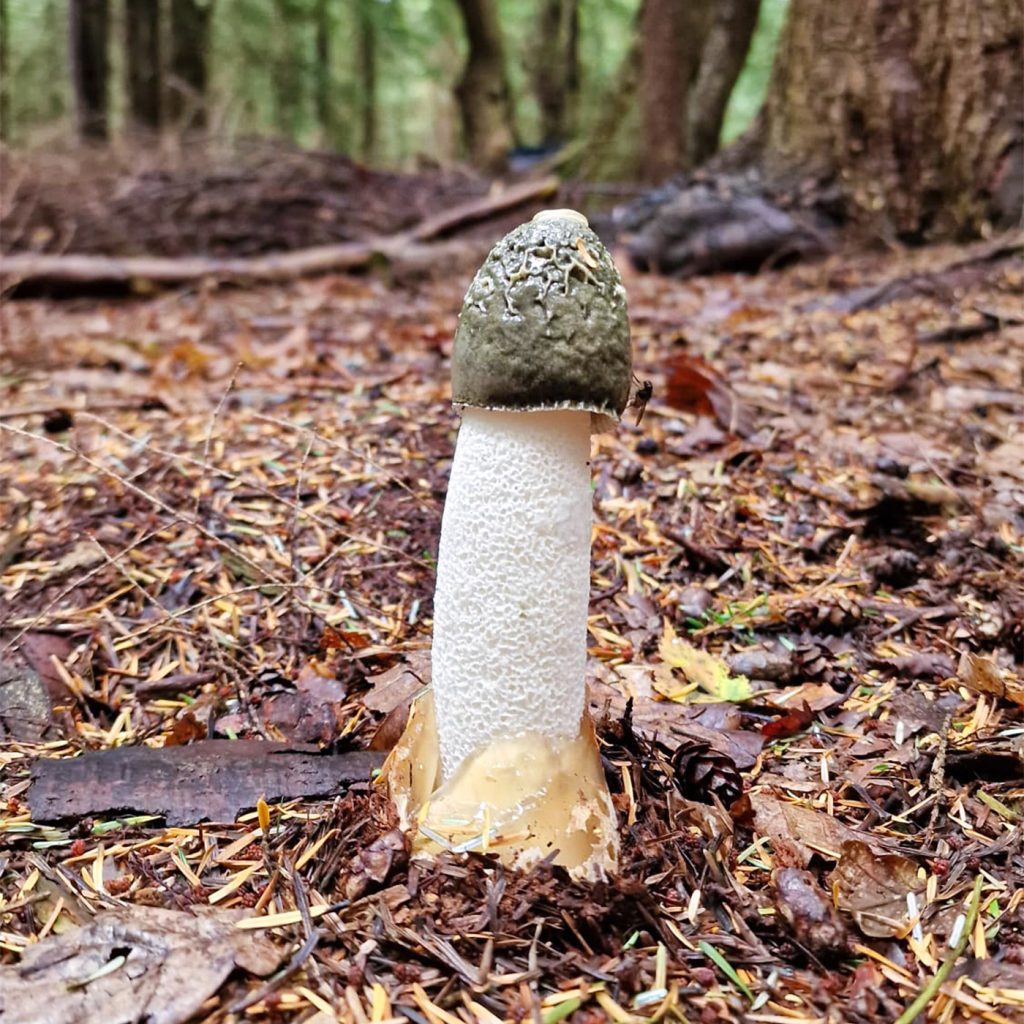
The last species that I will talk about here is the Stinkhorn (Phallus impudicus) which is one of the UKs more oddly shaped fungi and is also quite unusual as it relies on insects to spread it’s spores which are housed in a gelatinous substance which clings to the top of the fungi and attracts flies and other insects by smelling like rotting flesh. Another fantastic beginner species for fungi identification, especially as it demonstrates how very different fungi can look depending on which stage of growth they are at. Although parts of the very young fruiting body are eaten, this requires more preparation than the other edible species listed in this post and must be foraged at the right time in development.
The best way to expand your knowledge of fungi is to go out and look at as many different species as you can find, familiarise yourself with the different features and anatomy of a mushroom and try to identify what you find. We run courses in Mushroom Identification where you can borrow books and equipment for the day, learn from experienced instructors and bounce ideas off each other as we try to identify any and all fruiting bodies we come across.
Always remember that if you are planning on eating something, you need to be positive about your identification – never munch on a hunch.
With over a decade of experience working outside in the UK doing everything from dry stone walling to tree planting and carrying out wildlife surveys. Amy is our resident ecologist and wild food enthusiast, and also works as a consultant for various brands and wildlife organisations. Amy lives in North Wales.
A Life More Wild is the philosophy which underpins everything we do.
It encompasses practical skills, personal development, community learning and a journey to live more intentionally.
Whether building a fire outdoors or starting one in your wood oven or fireplace, a fire starter makes it easy to get a small flame…
In Tips From An Instructor we share useful snippets of knowledge to make outdoor skills that little bit easier. In this episode Richard explains why…
If you plan on transplanting snowdrops from one location into another, the best time of year to do this is as the leaves are fading…
Snowdrops are a beautiful, with their nodding white bell shaped flowers which secret away the intricately green lined centre underneath.
